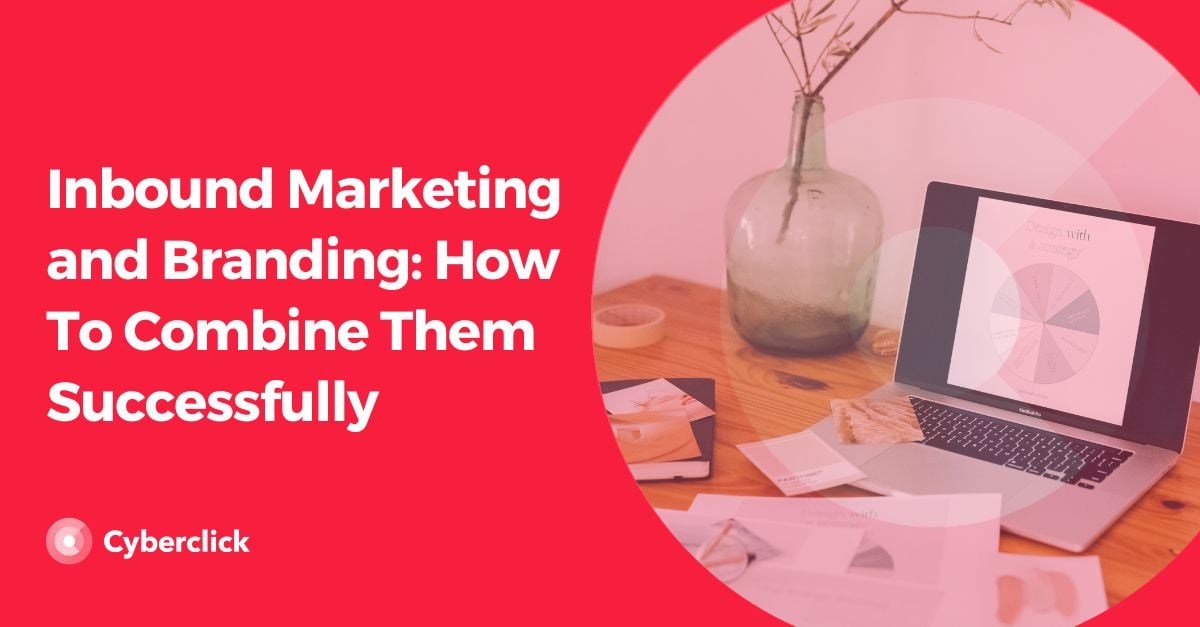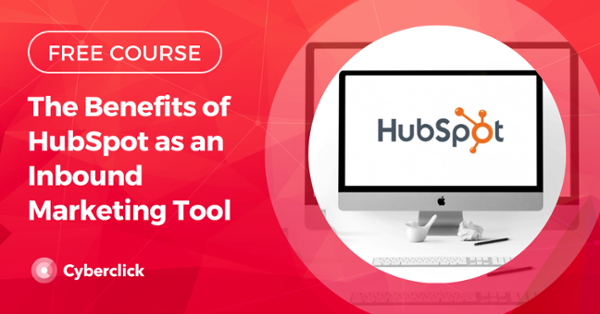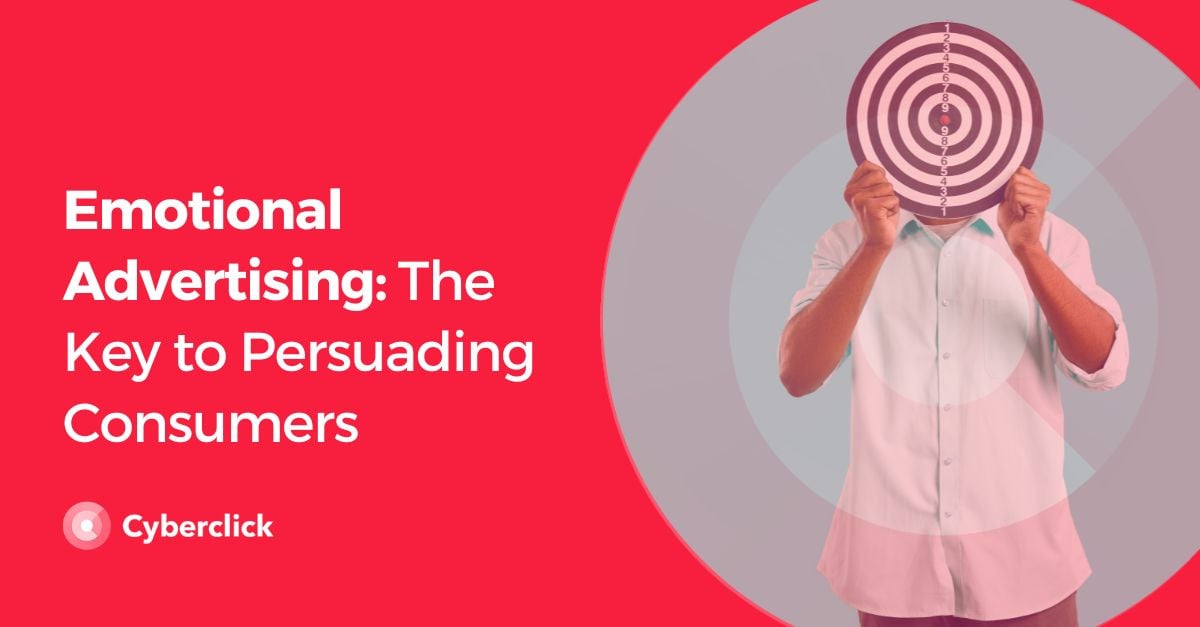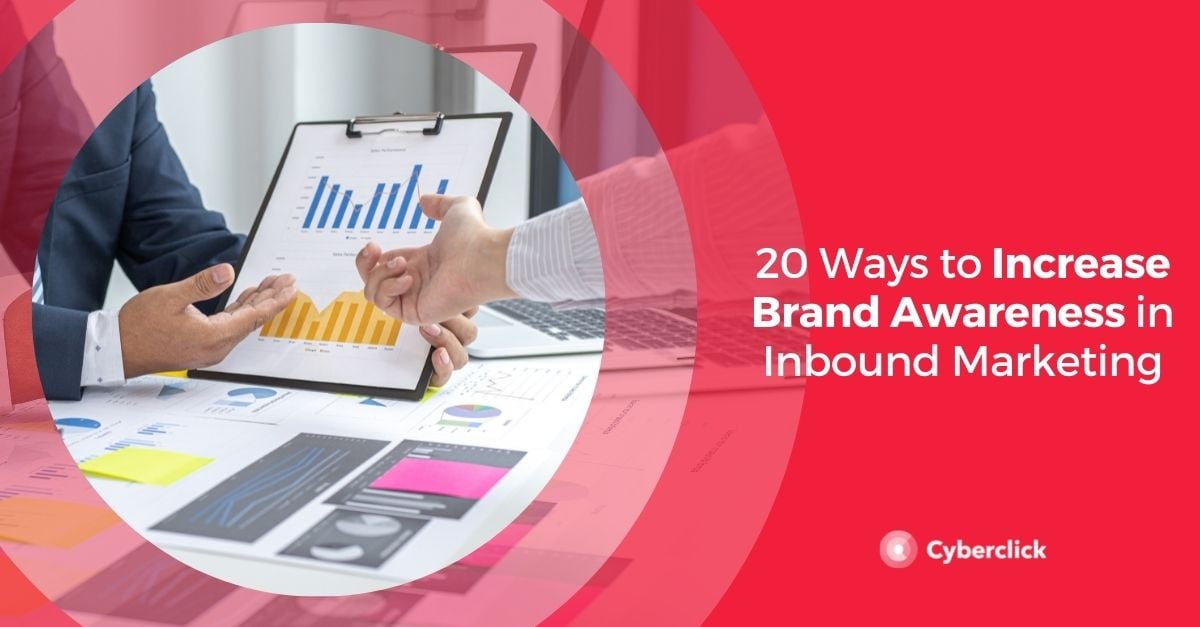In the world of marketing, there are different types of companies: those that develop an inbound marketing strategy, those that create branding strategies, and those that implement both independently. However, few companies actually combine these two types of actions. Not many realize the significant benefits of integrating these two realms. If this resonates with you, in this article, we will explain why it's a good idea to start implementing these two strategies together.
The Relationship Between Inbound Marketing and Branding
Before delving into the relationship between these concepts, let's first explain what each of them entails:
- Inbound Marketing: This is a customer acquisition methodology that involves creating valuable content to address the needs of the target audience. It encompasses non-intrusive techniques of digital marketing and advertising that guide a lead (potential customer) from the moment they discover the company to the point of purchase and loyalty.
- Branding: This involves the entire process of defining a brand, encompassing everything from values, tone, and intangible aspects to visual elements such as typography and imagery.
As you can see, these are distinct concepts that address different areas. However, their ultimate goal is the same: to attract as many customers as possible to enhance brand profitability. The idea behind combining both actions is to create synergy that amplifies the benefits of both techniques, which are already quite powerful individually. But how is this achieved? We'll explain below.
Combining Both Strategies
In simplified terms, we could say that inbound marketing consists of three phases:
- Attraction or Capture: In this initial stage, the goal is to lead people to various channels (social media, blogs, videos, podcasts, etc.) and get them interested in your content over that of competitors.
- Conversion or Sales: In the second stage, the objective is for previous visitors to register, thereby expanding your database, and for them to make purchases.
- Loyalty: Lastly, the aim is for customers to become repeat buyers, considering your brand as one they trust and turn to for specific needs within a particular sector.
To achieve the goals of each stage, marketing teams use different techniques and strategies. But where does branding fit into all of this?
- In the first stage, the first impression is crucial. As mentioned, your brand must stand out above the rest, and what better way to achieve that than with a consistent image, personality, and tone that resonates with the target audience. All of this is accomplished through branding. In other words, the content you create should have a defined, attractive image and a consistent communication style. Otherwise, it will be harder for your target customers to progress to the next phase.
- In the second stage, the use of landing pages, forms, and tools like email for sales is common. Calls to action (CTAs) are frequently employed in these formats. With a strong branding foundation, these CTAs not only stand out visually but also feature content that encourages users to click.
- In the final stage, branding becomes even more significant. By this point, the person has placed their trust in your brand and is familiar with it. Now, they seek to be part of a community. This is achieved by offering interesting content, including new CTAs or through cross-selling. Throughout these content types, branding should maintain a solid, unique image that encourages continuity, making customers feel comfortable and familiar with your style.
In essence, inbound marketing forms the structure and foundation of the strategy, while branding serves as the decoration. Each empowers the other, creating a powerful methodology. Separately, one might lack essence, and the other might lack direction.
So now you understand why it's compelling for these two aspects to go hand in hand and for the teams designing both strategies to collaborate.
Benefits of Inbound Marketing With a Branding Focus
In addition to all the advantages that an inbound marketing strategy can provide a company, such as:
- Creating less aggressive campaigns that don't bother users, making them feel more comfortable to take action.
- Obtaining more qualified leads who are genuinely interested in the product or service and know what they want.
- Achieving strong online positioning by offering high-quality content.
Integrating branding into this methodology will:
- Make your brand more credible to users, building their trust in you for a longer period.
- Boost brand awareness, ensuring that your company is more remembered and recognized by the public in various situations.
- Attract more talent. As you can see, branding not only benefits your company in terms of customers but also internally. Branding makes a company appealing and interesting, and those who excel in their field always look for opportunities in motivating and inspiring companies. They'll seek to be a part of them.
- Enhance all stages of your inbound marketing strategy, especially the loyalty stage. As we mentioned, customers in this stage seek a sense of community and want to feel like they're part of something meaningful.
We hope this article has been useful to you and has helped improve both your inbound marketing and branding strategies. We firmly believe that developing these areas separately is a thing of the past and that it's time for all companies to put them into practice together. Hopefully, you'll be among them.
Inbound Marketing & Content Strategist en Cyberclick. Experta en marketing online, gestión de contenidos, estrategia en redes sociales, y creación y optimización de campañas en social ads.
Inbound Marketing & Content Strategist at Cyberclick. Expert in online marketing, content management, social media strategy, and creation and optimization of campaigns in social ads.







Leave your comment and join the conversation